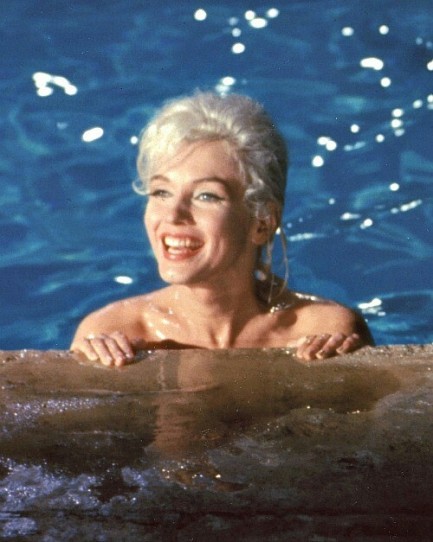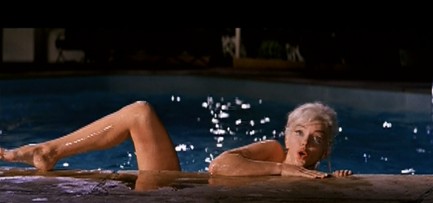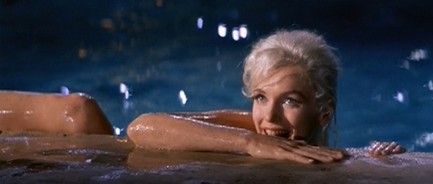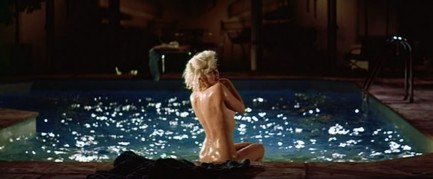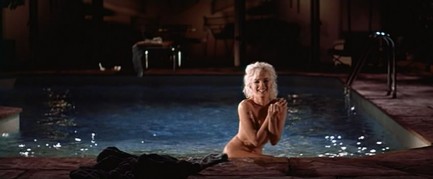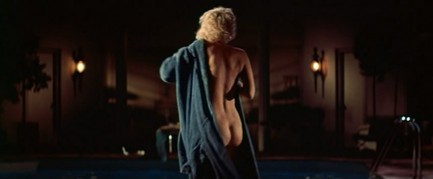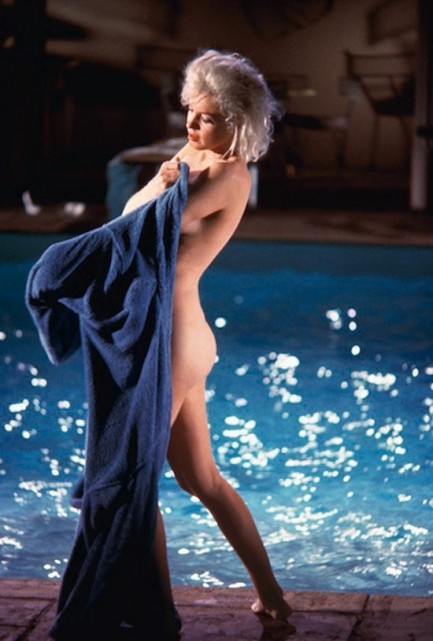| Femmes Fatales | Jun 26 2023 |

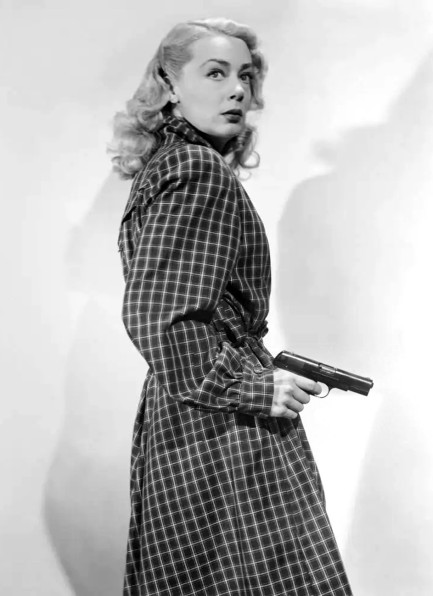
Above is a nice photo of Canadian actress June Havoc made for her 1947 drama Intrigue. We were intrigued by her name, an obvious pseudonym, but it turns out it wasn't far off from her real name—Hovick. She was born Ellen Evangeline Hovick. In our opinion there's a missed opportunity there. Her stage name should have been Helen Havoc. Or even Hellen Havoc. You can see a couple more shots of her here and here. And while you're doing that we'll be playing Scrabble. Don't know why, but we're suddenly in the mood for a game or two.
Update: We received an e-mail from Herman, who helps us with celebrity and model identifications: "Please tell me you know that June Havoc is Gypsy Rose Lee's sister. You've posted information about her without mentioning so, and it made me wonder."
Wonder no longer. We had no idea. Or if we did, we forgot. We also forgot to get back to Gypsy's second crime novel, something we said more than a year ago we'd do. So your message has killed two birds with one stone. Thanks, as always.
| Vintage Pulp | May 1 2022 |

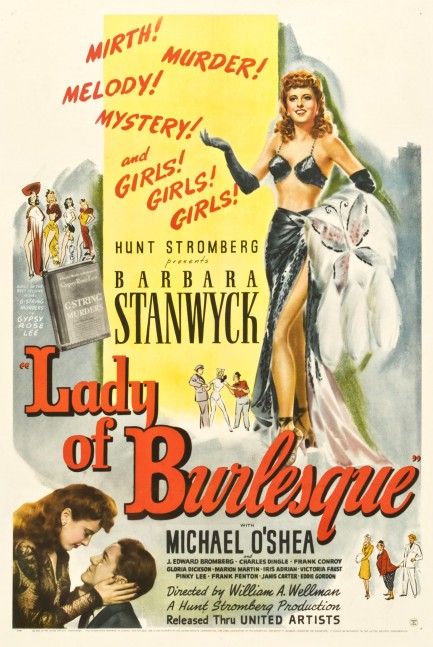
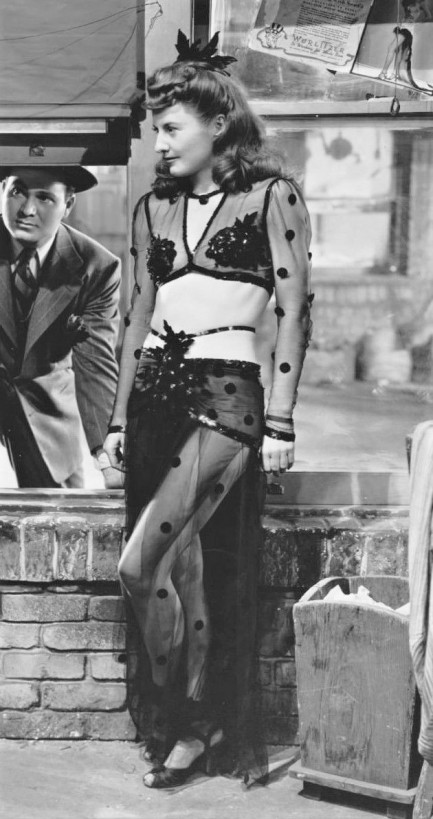
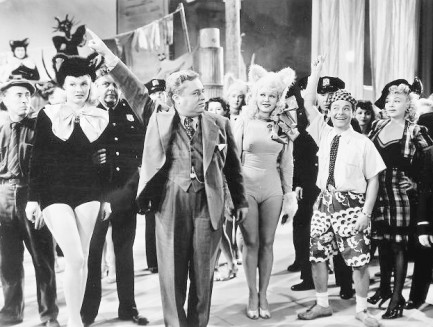
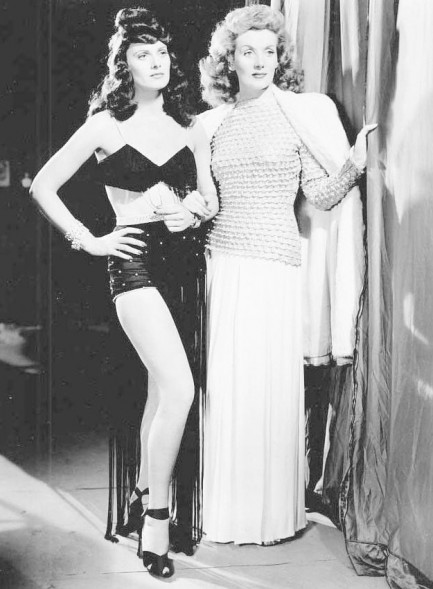
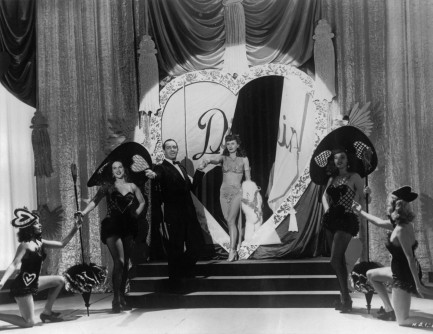
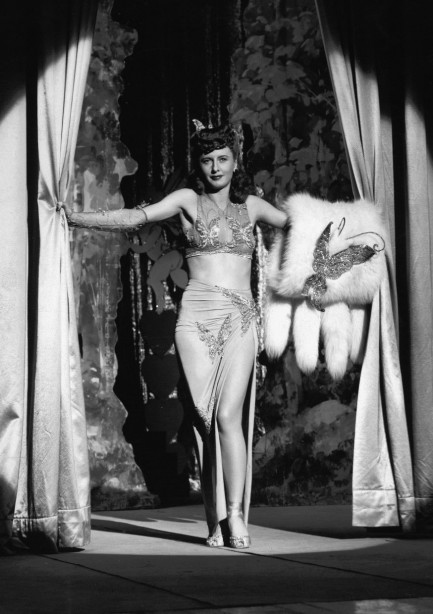
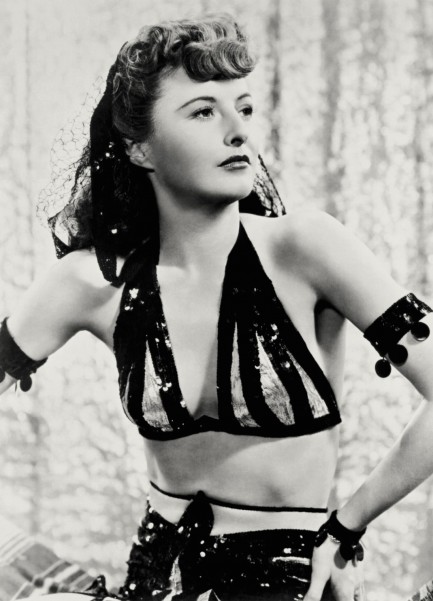
| Vintage Pulp | Jan 31 2022 |

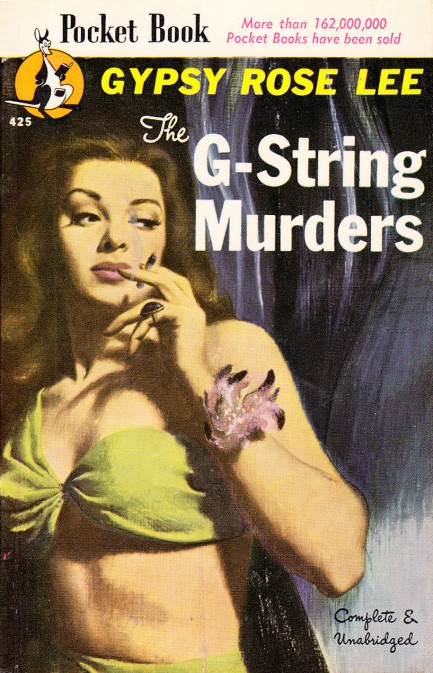
There are some problems with the book. It's messy, undisciplined, meandering, and the first murder doesn't happen until a quarter of the way through the story. An excellent writer could pull off deferring the plot driver, but not Lee. That long deferral involves plenty of backstage burlesque atmosphere, but even there Lee comes up a little short. Val Munroe's Carnival of Passion, for example, really delves into the nuts and bolts of burlesque and does it in an engaging way. Considering the fact that Lee actually lived the life she should have done better with that part. Still it's a first novel, and better than many. We read somewhere that her second was good, so we're looking around for it. If we find it, we'll be talking about her as an author again.
| Femmes Fatales | Sep 3 2020 |

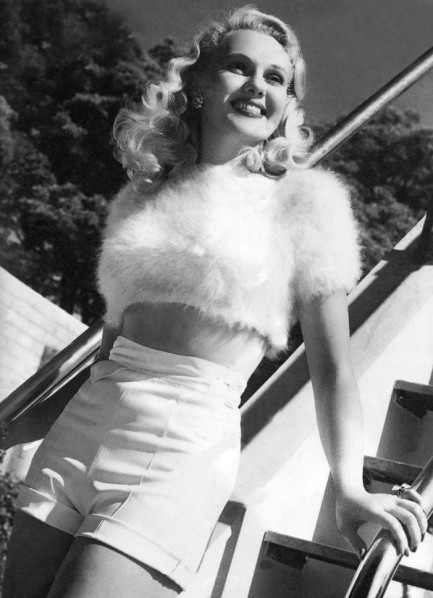
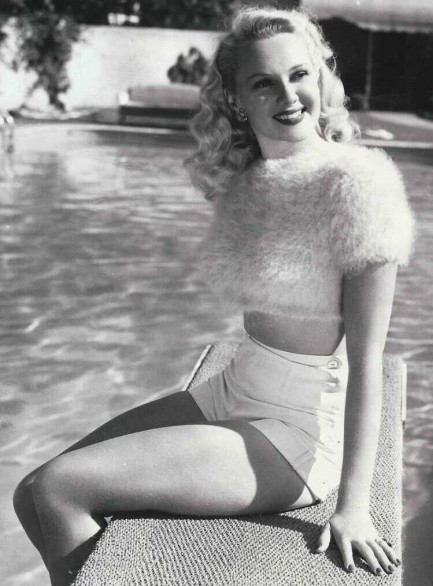
| Vintage Pulp | Apr 4 2019 |

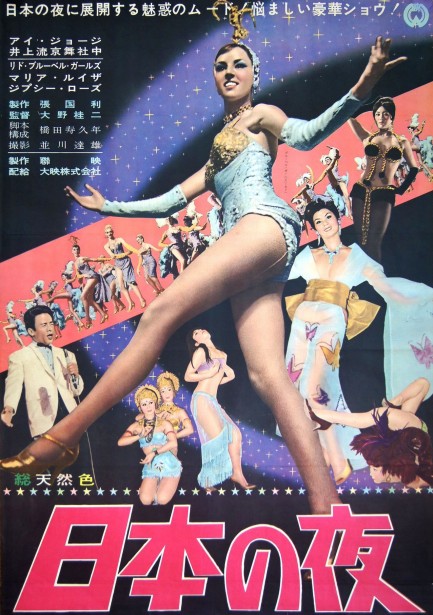
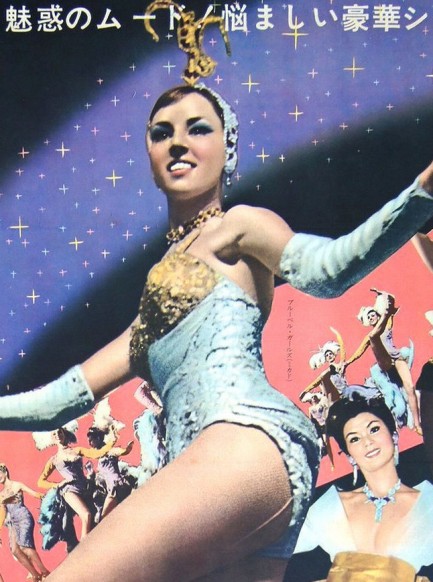
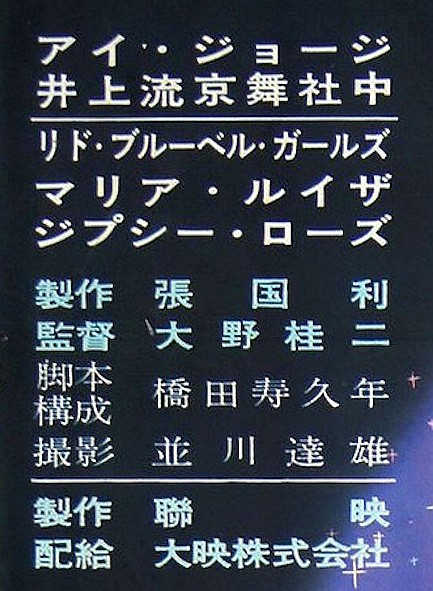
| Femmes Fatales | Sep 17 2017 |

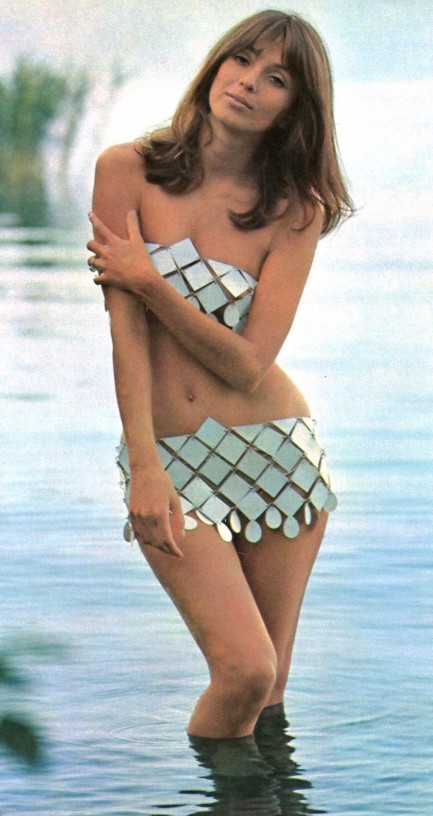
Not only does this swimsuit probably weigh an uncomfortable amount, but we bet it's cold too. Gotta sacrifice for fashion, though, right? Doing exactly that is Canadian actress Joanna Shimkus, who appeared in about a dozen movies between 1964 and 1971, including The Uninvited and The Virgin and the Gypsy. She later married Sidney Poitier, that lucky devil, and since he was knighted by Queen Elizabeth II in 1974, Shimkus is actually a Lady—Lady Poitier, in actual fact, but for today we'll go with Lady Shimkus.
| Vintage Pulp | Jan 28 2016 |

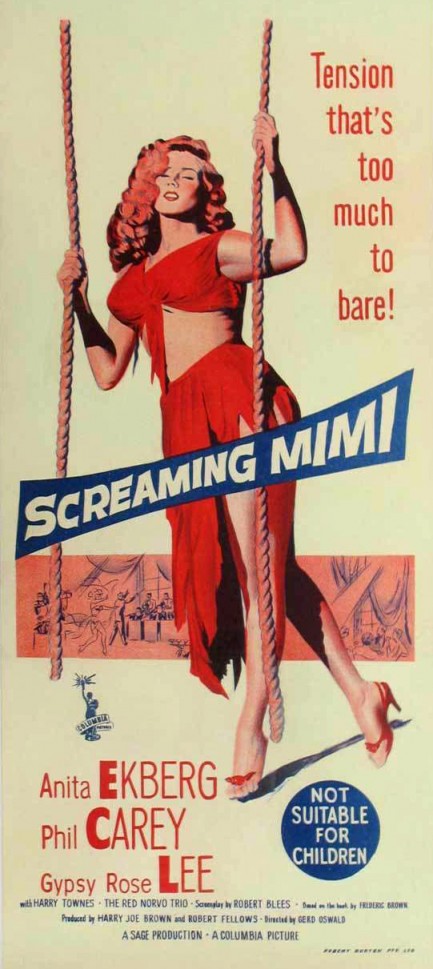
Based on a 1949 novel of the same name by Frederic Brown, Screaming Mimi stars Anita Ekberg as a traumatized burlesque dancer who can’t shake the memory of being attacked by a knife-wielding maniac. She’s committed to a mental institution, where her psychiatrist promptly falls in love with her and helps her escape and create a new identity. Now dancing at a club in Laguna Beach, California, she’s the hottest draw in the area and her former doctor is her lover and protector, but also smothers and dominates her. Can the anonymity last? Of course not.
Enter stage right an entitled horndog who won’t take no for an answer. After Ekberg survives another knife attack, the new man in her life—who’s also a reporter—has all the justification he needs to trail poor Anita 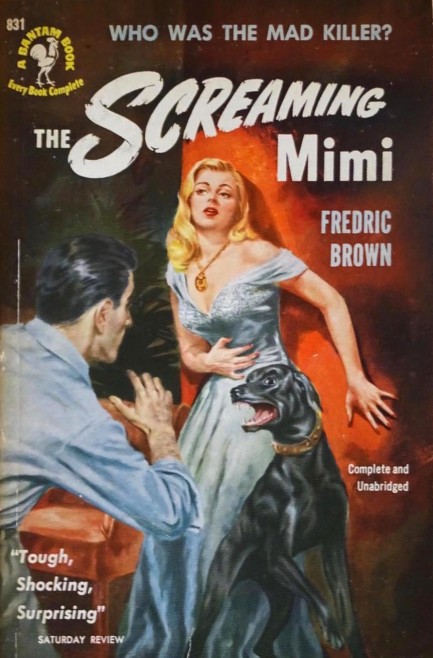 everywhere she goes, as the doctor meanwhile tries to protect her fake identity and keep her and the reporter from falling into bed together. Chances of success? Probably not very good.
everywhere she goes, as the doctor meanwhile tries to protect her fake identity and keep her and the reporter from falling into bed together. Chances of success? Probably not very good.
Screaming Mimi is an interesting noir—it was fertile enough to serve as inspiration for Dario Argento’s L’uccello dalle piume di cristallo, aka The Bird with the Crystal Plumage—but its b-movie budget really shows and we think Philip Carey is miscast as the reporter/hero. Carey has no charm at all in this, which renders Ekberg’s interest in him unbelievable. But his performance will be a treat for patrons of the Noir City fest—most will probably remember him from his twenty-four-year stint as the repulsive Asa Buchanan on the soap opera One Life To Live.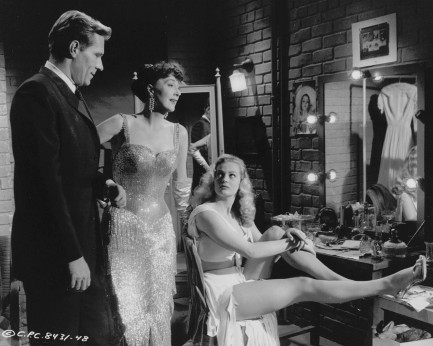
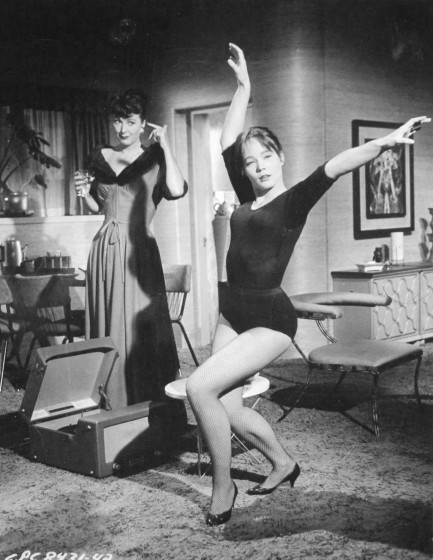

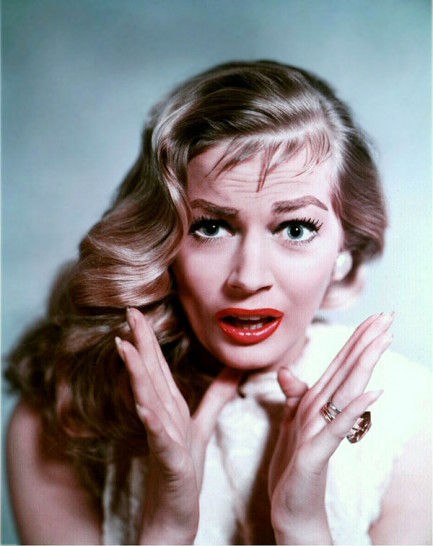
| Hollywoodland | Sep 15 2010 |

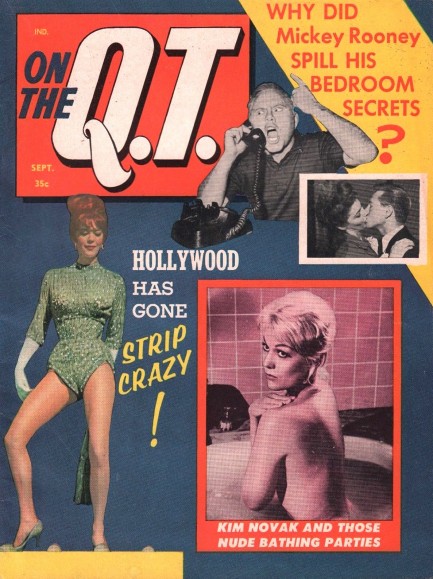
On the Q.T. asks on this September 1963 cover whether Hollywood has gone strip crazy, and they have a bit of a point, for once. In the previous year, more or less, movies that featured stripping as a major plot device included Natalie Wood’s Gypsy Rose Lee biopic Gypsy, as well as A Cold Wind in August, Portrait of a Young Man, Girl in Trouble, Night of Evil, Satan in High Heels and The Stripper, with Joanne Woodward. There were possibly even more films, but you get the drift—Hollywood had indeed discovered strippers and had begun featuring them to titillating effect. But while some of the films were more serious and racy than others, none actually showed any naughty bits, despite the breathlessness of On the Q.T.’s reporting.
Other countries, notably France, had already unveiled the human form in cinema, but the first true nude scene in a mainstream American motion picture (excepting the pre-Code films of early Hollywood) came in Sidney Lumet’s 1964 drama The Pawnbroker when both Linda Geiser and African-American actress Thelma Oliver bared their torsos. Interestingly, the nudity barrier probably would have been breached in 1962 by Marilyn Monroe, who filmed a semi-nude pool frolick in Something’s Got To Give. But the production was scrapped, so we’ll never know whether the scenes would have been released as originally shot. Thus two obscure actresses take the prize, and from that point forward Hollywood’s floodgates were open.